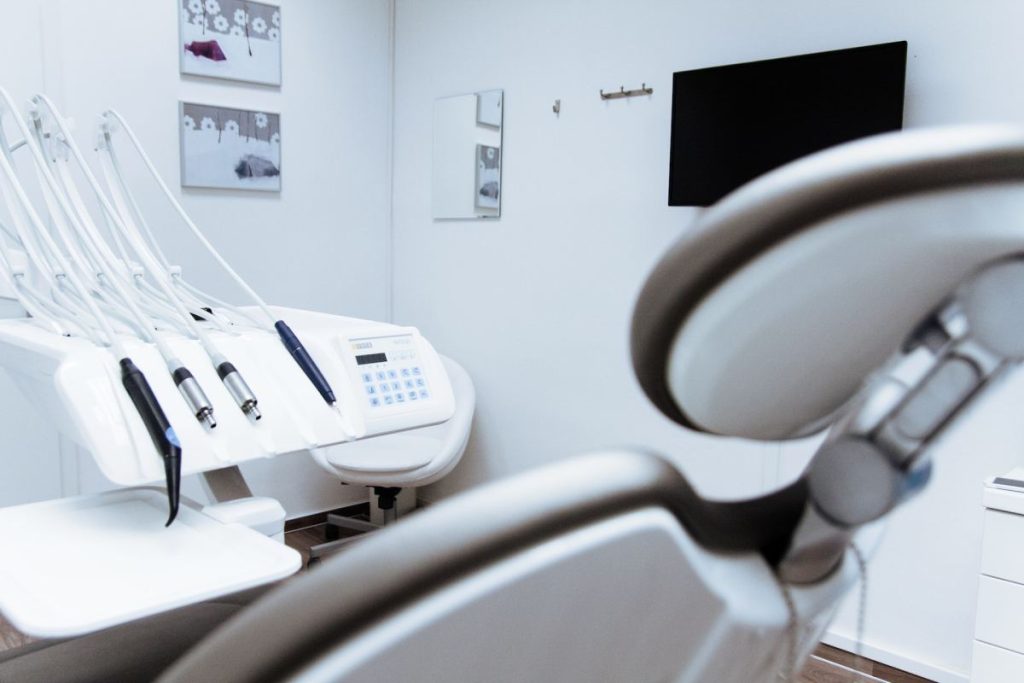Alcoholic liver disease is caused by drinking too much alcohol over a long period of time. It is a very bad and fatal result of drinking too much. Over time, drinking too much alcohol replaces healthy liver tissue with scar tissue.
Alcohol is thought to be one of the main causes of acute liver damage, and it can also lead to liver failure and even death. When people drink too much alcohol, the liver can scar and ALD can happen (alcohol-related diseases). You can take the treatment from Best Gastroenterology hospital in Jaipur or from Best Plastic and Cosmetic Surgery Hospital in Jaipur.
Liver Fat
It is the first stage of ALD and is also called steatosis. Fatty liver is a liver disease that affects a lot of people. It happens when there is too much fat in the liver cells. It makes it difficult for the liver to work well. Most heavy drinkers reach the fatty liver stage in the first few years of drinking too much. This can be fixed if the person stops drinking.
Alcoholic liver disease
Alcoholic hepatitis is the second stage of ALD. It is caused by inflammation of the liver, which makes liver cells die quickly. This stage could last for a few years, but if the person keeps drinking, it will lead to permanent liver damage. In the worst cases, it can cause problems like liver cirrhosis and complete liver damage that can kill you. In this stage, jaundice is the most common sign, but the following are also often seen:
- Nausea
- Vomiting
- Loss of hunger
- Abdominal tenderness
- Weakness and lack of energy
- Lose weight
Liver scarring
Liver cirrhosis is the last and most serious stage of Alcoholic Liver Disease. It causes healthy liver tissue to become permanently scarred. It is a very bad condition that can’t be fixed. A person with liver cirrhosis will have symptoms of liver failure and alcoholic hepatitis, such as:
Fluid builds up in the belly.
Spleen enlargement
Blood coming out of veins Confusion
What kinds of treatments are there for liver disease caused by drinking?
Abstinence
People with Alcoholic Liver Disease need to stop drinking completely as their most important form of treatment. Not drinking reduces the chance that the liver will be hurt more, and it also gives the liver a chance to heal. Patients with ALD should not drink at all, which will improve the outcome and histological features of hepatocellular injury. They should give their body a chance to lower portal pressure and stop cirrhosis from getting worse. It helps to improve survival at all stages of ALD in the long run.
Therapy based on food
Malnutrition is one of the main problems that can happen with ALD, especially in people who are in the second stage of alcoholic hepatitis. Protein-calorie malnutrition is very common in people with ALD. Patients with alcoholic liver disease at any stage must see a hepatologist and start nutritional therapy as soon as possible. It can help ease the symptoms and improve how the liver is doing right now.
Medications (Pharmacological Therapy) (Pharmacological Therapy)
After carefully looking at the symptoms and stages of the disease, a hepatologist is likely to give ALD patients different medicines.
Liver Transplant
In severe cases of ALD where the liver has stopped working and there is no improvement even after the person stops drinking, a liver transplant may be the only way to treat the person.
Different things are taken into account for a liver transplant, and it is only done if the patient has complications from cirrhosis or if the body doesn’t respond to other treatments, such as medicines. ALD is, however, one of the most common reasons why someone needs a liver transplant.
If a person with ALD wants to improve their chances of staying alive, they must stop drinking alcohol completely. A person with alcoholic liver disease needs to change how they live in order to live.
If ALD gets so bad that the liver fails, the only way to save the person is to give them a new liver. So, it’s important to stop drinking today and never drink again. You can also find out more by going to the hospital in India that does the best liver transplants.
Also Read:




